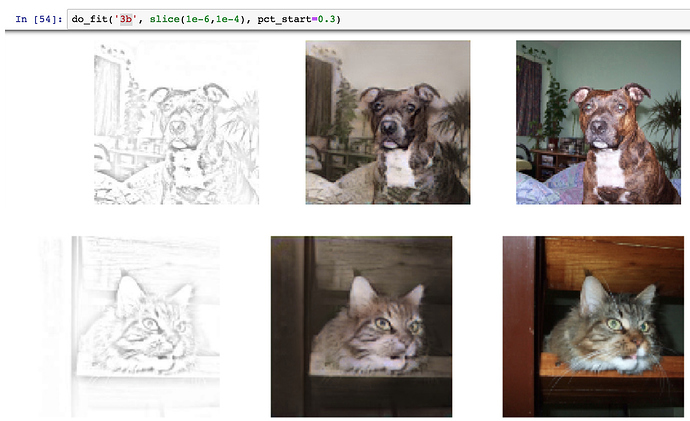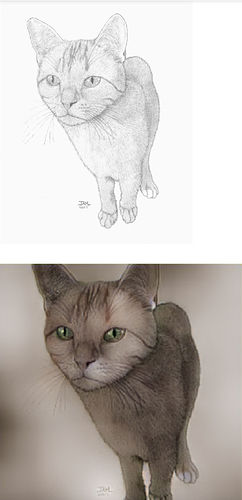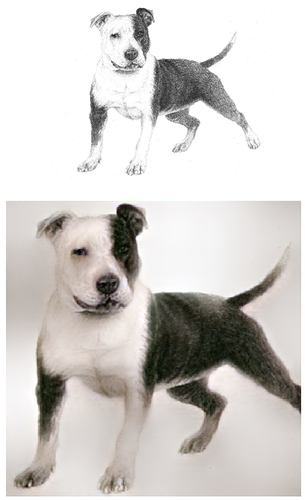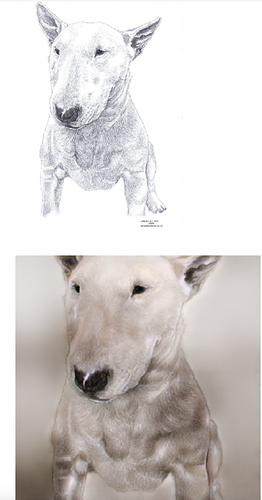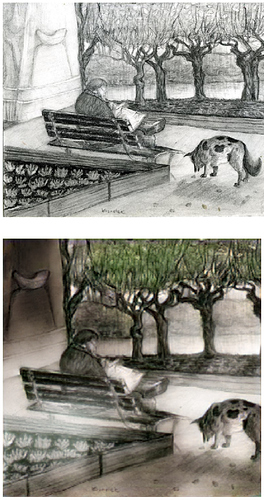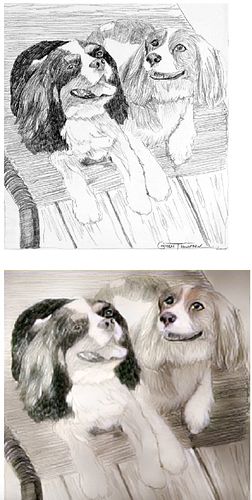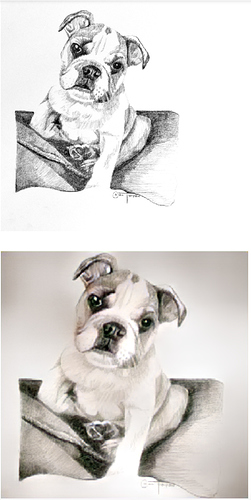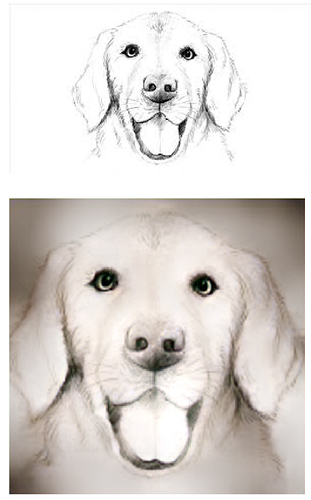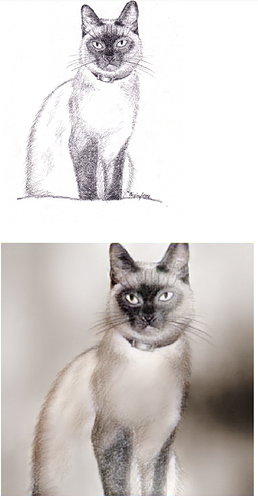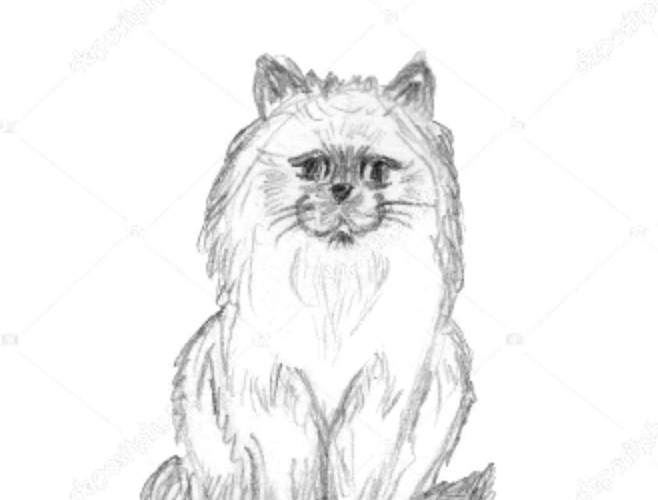I modified the “SuperRes” example from lesson 7 to use an picture -> pencil sketch image crappifier.
The concept is to create a model that can turn a pencil sketch into a real photo
So something like this would become an actual cat image:
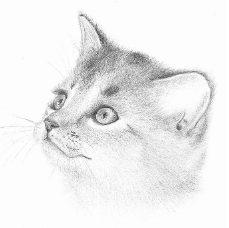
The crappifier used is this small code snippet that does this kind of image -> pencil.
images from the training data got restructured quite well into animal pictures:
however, for random sketches from Google (which I guess carry less detail than the training data after the filter), it looks more like colorized drawings (but still really cool and happy with the result).
See below, “Pencil Sketches” from Google, with colorized “photo-realistic” outputs"

Happy to hear your thoughts and ideas 
